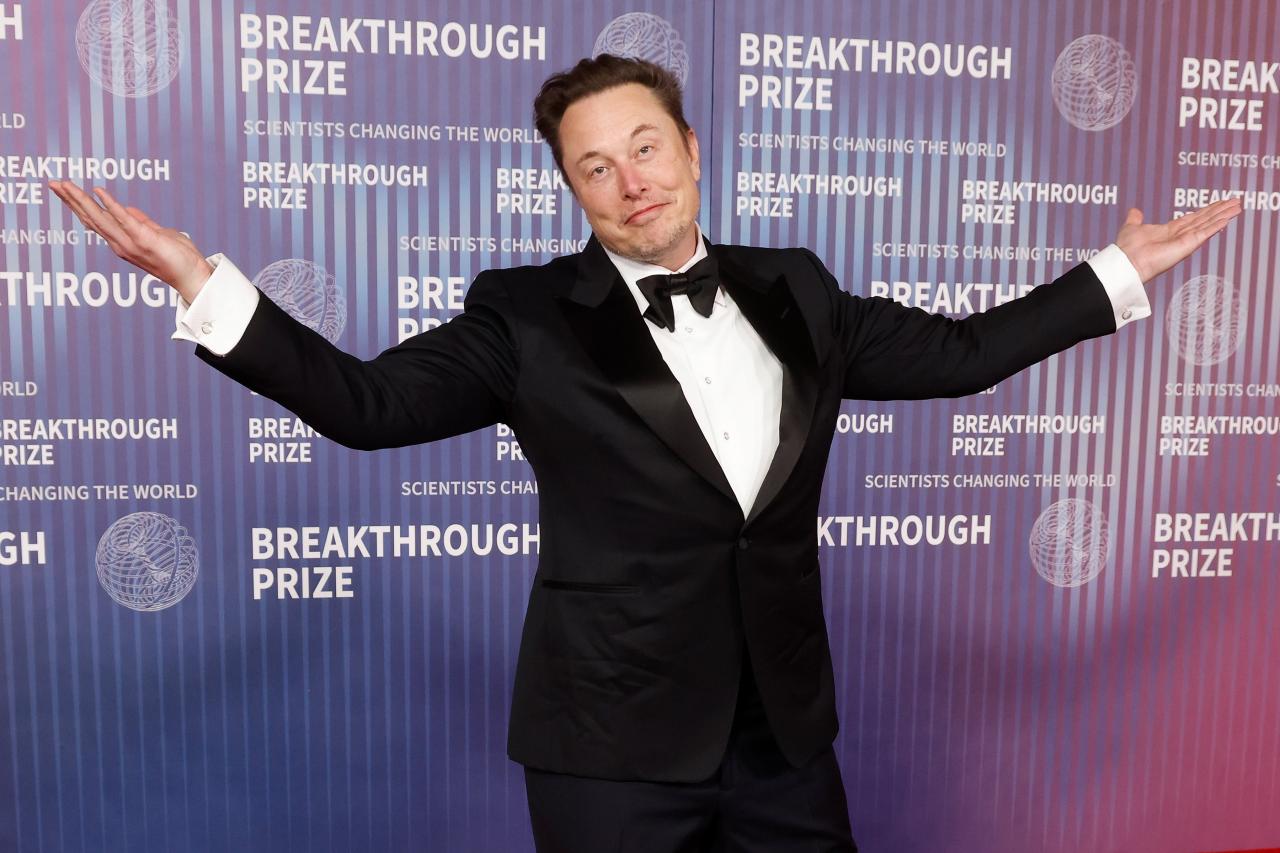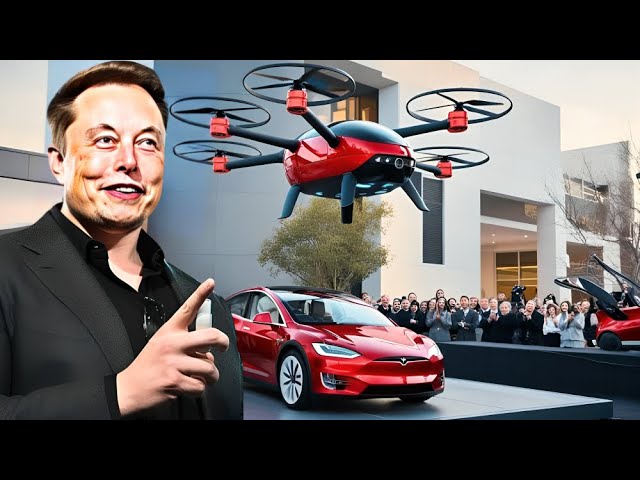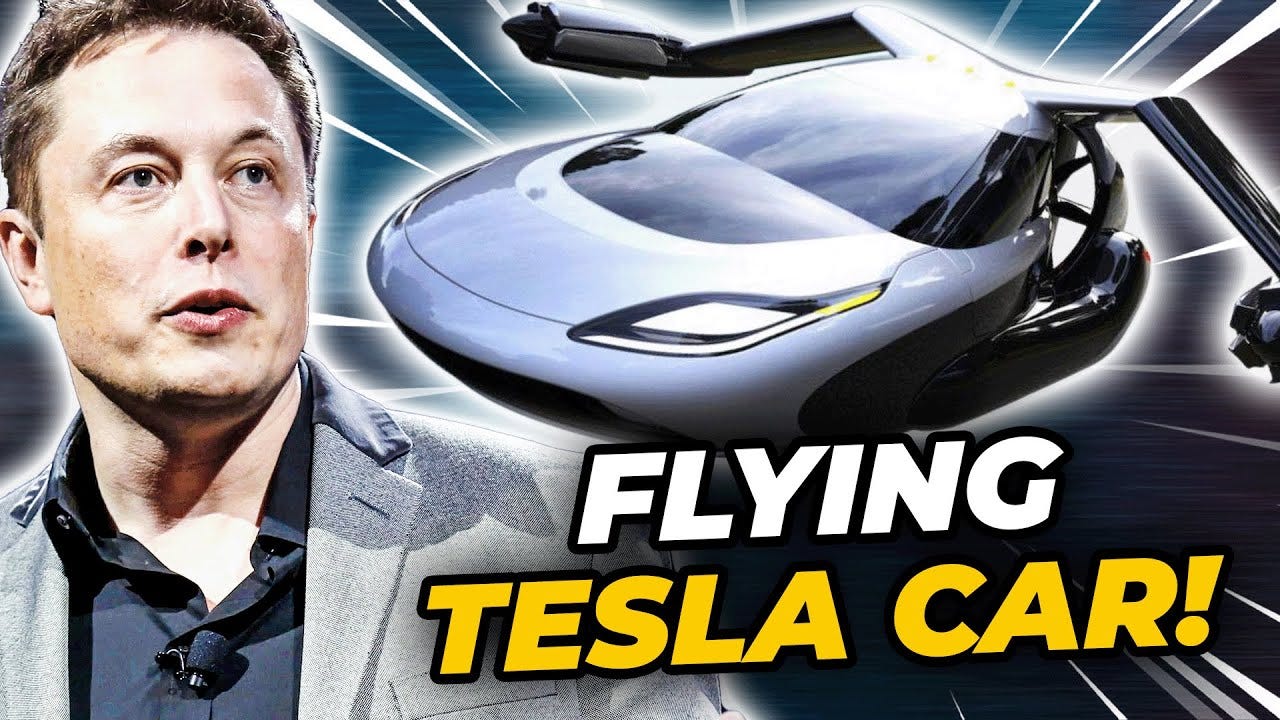When Elon Musk First Teased a “Flying Tesla,” Most Laughed. Now? The World Is Speechless.
Just hours ago, Tesla unveiled its first fully operational flying vehicle prototype—unofficially dubbed the Tesla AeroX—and the world hasn’t stopped talking since.
With its sleek, cyber-organic design and vertical takeoff capabilities, the AeroX stunned viewers. But it’s a hidden feature inside the prototype that’s sparking global headlines.
The First Public Test Flight: Silence, Then Shock
The demonstration took place at a closed Tesla facility outside Austin, Texas—but footage spread like wildfire online.
The AeroX lifted silently into the air, using zero visible propulsion. It hovered 30 feet above the ground—no exhaust, no traditional rotors, no jet engine roar.
“It was like watching a spaceship whisper into the sky,” said one witness.
“No wings. No propellers. Just… lift.”
But just as people tried to figure out how it flew, something even more shocking happened.

The Secret Feature: NeuralSync Autonomous Control
At precisely 3:33 in the flight footage, Elon Musk stepped forward, wearing what looked like a simple headband.
Then, without touching a joystick or control pad, the Tesla AeroX began to move.
Up, down, left, spin—the vehicle responded instantly to Musk’s thoughts.
“We’ve been working on this quietly for years,” Musk tweeted minutes later.
“NeuralSync—thought-powered mobility. The future is here.”
For the first time in history, a flying vehicle was controlled in real-time by brain-computer interface—and it’s no longer science fiction.
Experts Are Shocked—and Worried
Tech experts, regulators, and even rival automakers are scrambling for answers:
No known propulsion system matches what was seen in the flight.
Neural control in public-use vehicles was thought to be decades away.
Tesla’s patent filings never mentioned any of this.
Some speculate Tesla has secretly merged Neuralink technology into this project—combining artificial intelligence, BCI, and zero-emission flight into one futuristic machine.
Others fear what this means for global security, privacy, and air safety.

Key Specs of the Tesla AeroX (Revealed So Far):
Feature
Details
Max Altitude
1,200 feet (urban airspace safe zone)
Range
460 miles per charge
Charging Time
9 minutes (via Tesla’s new Gen-V SolarPad)
Control Options
Manual, App-based, and NeuralSync
Max Occupants
2 humans, 1 AI companion (optional)
Onboard Assistant
“Astro”—Tesla’s first in-flight AI pilot
The End of Cars as We Know Them?
Musk called it a “personal aerial mobility unit,” but insiders are already calling it the “iPhone moment” for transportation.
“This doesn’t just change how we move,” said futurist Dr. Carla Ennis.
“It changes what we believe is possible.”
From city commutes to long-distance travel, the AeroX could eliminate traffic, reduce emissions, and even reshape urban architecture.
Tesla plans limited public trials by late 2025—but governments are scrambling to adapt regulations for what is essentially a street-legal, sky-capable personal aircraft.

What’s Next?
Elon Musk hinted at an even bigger surprise in Q1 of 2026—possibly involving intercontinental autonomous flight or a modular passenger system.
“If you think this is the final form,” Musk tweeted,
“you haven’t seen the second engine yet.”
One thing is clear:
The flying car is no longer a fantasy. It’s a Tesla.
And the future just took off.